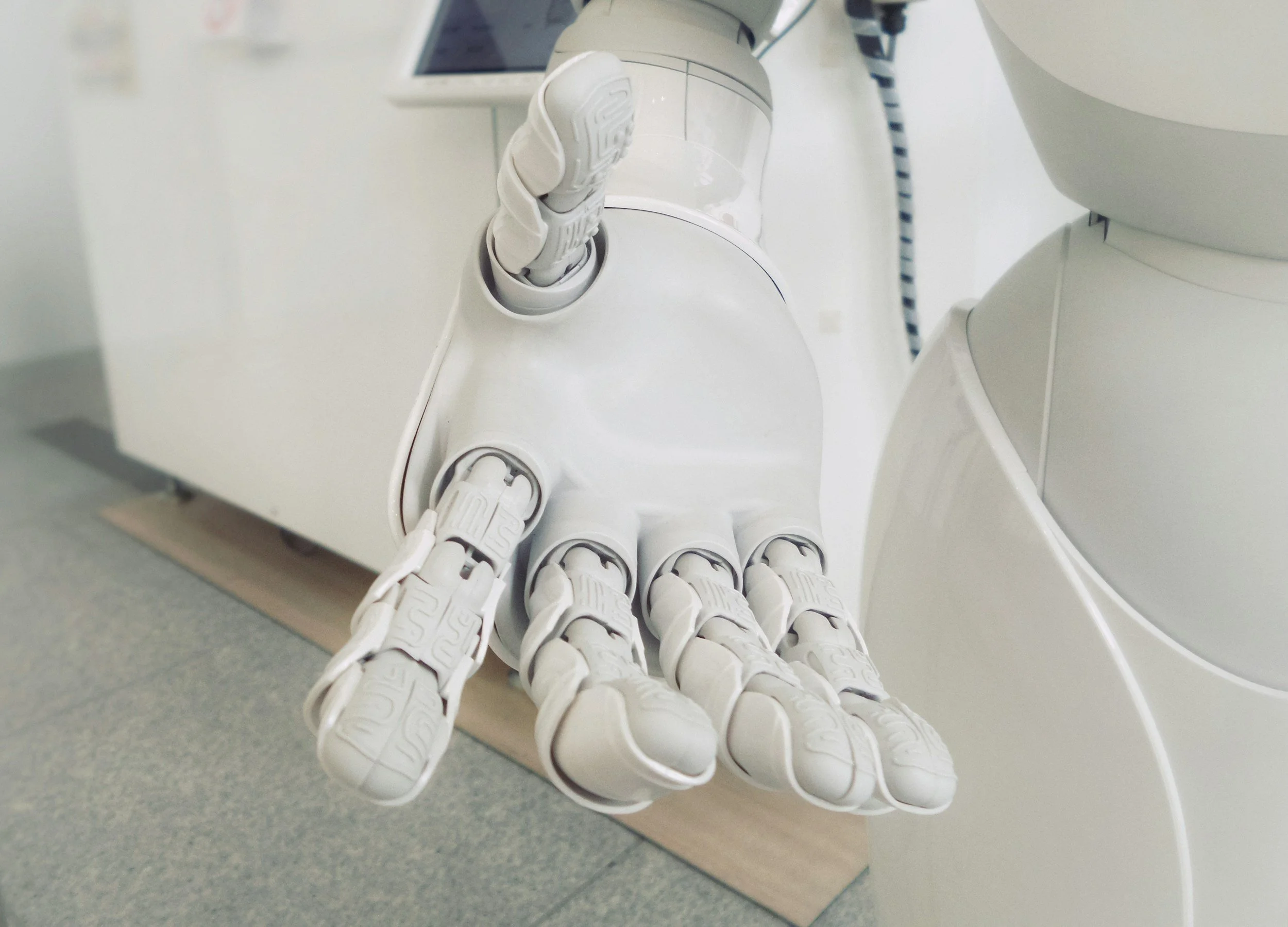AI ROI in Restaurants: Where Artificial Intelligence Is Actually Delivering Profit in 2025
In 2023 and 2024, artificial intelligence swept into the restaurant sector with promises of transformation. Operators tested everything from chatbots to kitchen robotics, predictive analytics, and hyper-personalized marketing campaigns. The excitement was real.
But here in 2025, the conversation has shifted. In executive meetings and budget reviews, CFOs and COOs are asking a harder question: Where is the measurable return on investment?
The urgency is understandable. Labor costs remain elevated, food inflation hasn’t fully retreated, and consumer traffic is anything but predictable. The hype cycle has given way to a demand for proof. For every story of an AI initiative saving millions, there are others that were quietly shelved after failing to move the P&L.
Today, the leaders pulling ahead are not the ones deploying AI everywhere. They are the ones using it with surgical precision, targeting operational choke points and growth opportunities where measurable results can be delivered in as little as six months.
The State of AI in Restaurants
AI adoption in restaurants continues to accelerate, with forecasts suggesting a 30 percent year-over-year growth rate through 2027. Yet, according to recent industry data, only 18 percent of operators have clear ROI metrics tied to their AI investments.
This gap speaks to the challenge: AI in restaurants is no longer about testing the latest gadget. It is about applying technology in ways that meaningfully improve margins, stabilize labor, and strengthen customer loyalty. And that requires a disciplined approach.
Where the Returns Are Emerging
One of the clearest success stories lies in labor optimization. AI-powered scheduling tools now combine sales history, weather forecasts, and local event calendars to match staffing levels with anticipated demand. The impact is tangible. Overtime costs drop, overstaffed shifts become rarer, and employees benefit from more predictable schedules.
Menu engineering is another area where AI is proving its worth. Rather than relying solely on quarterly reviews and managerial intuition, operators now have real-time insights into which items drive both margin and volume. Some systems even test price sensitivity behind the scenes, helping leaders adjust pricing with confidence instead of guesswork.
Inventory and waste management are also benefitting from AI-driven forecasting. By predicting sales down to the SKU level, operators are cutting waste by as much as 20 percent and reducing the costly disruption of emergency replenishment orders.
And then there is marketing. Mass “$5 off” blasts are being replaced by highly targeted campaigns informed by guest behavior and predicted visit frequency. In many cases, redemption rates are doubling or even quadrupling compared to generic promotions, with the added benefit of fostering guest loyalty rather than discount dependency.
The Places Where ROI Is Harder to Find
Not every AI initiative is paying off yet. Guest-facing chatbots can enhance service perception, but their ability to drive upselling revenue remains inconsistent. High-cost kitchen automation systems promise labor savings, but for many concepts the payback period is still too long, especially when menus are complex and volumes are moderate. Voice ordering holds promise, but integration and adoption hurdles are slowing the realization of its benefits.
These are not signs of failure, but reminders that timing and fit are everything. Technology introduced too early or without operational alignment can become an expense rather than an asset.
Building a Strategy for Measurable Returns
The most effective AI programs in the restaurant industry share several traits. Leaders start with clear baseline metrics so that improvement can be measured objectively. They pilot new technology in a controlled environment before rolling it out systemwide, learning from real-world performance rather than vendor promises. They look for ways to integrate AI outputs across functions, such as using labor forecasts to inform inventory orders or marketing triggers, so that the benefits compound. And they hold their vendors accountable, with performance guarantees tied directly to operational outcomes.
In other words, AI success isn’t accidental. It’s the product of the same disciplined capital allocation and performance management that restaurant executives apply to any other strategic investment.
The Boardroom Takeaway
In 2025, AI in restaurants is not about replacing people, it’s about replacing guesswork. The operators achieving meaningful ROI are using it to strip waste out of operations, to grow customer lifetime value without resorting to deep discounts, and to make decisions based on predictive analytics instead of gut feel.
The bottom line is clear: in the restaurant sector, the winners will be the leaders who treat AI as a strategic asset with measurable impact, not as a novelty to be tried and abandoned. Those who demand ROI transparency from day one will find that AI, applied with focus, can be one of the most powerful levers for profitability in the decade ahead.


